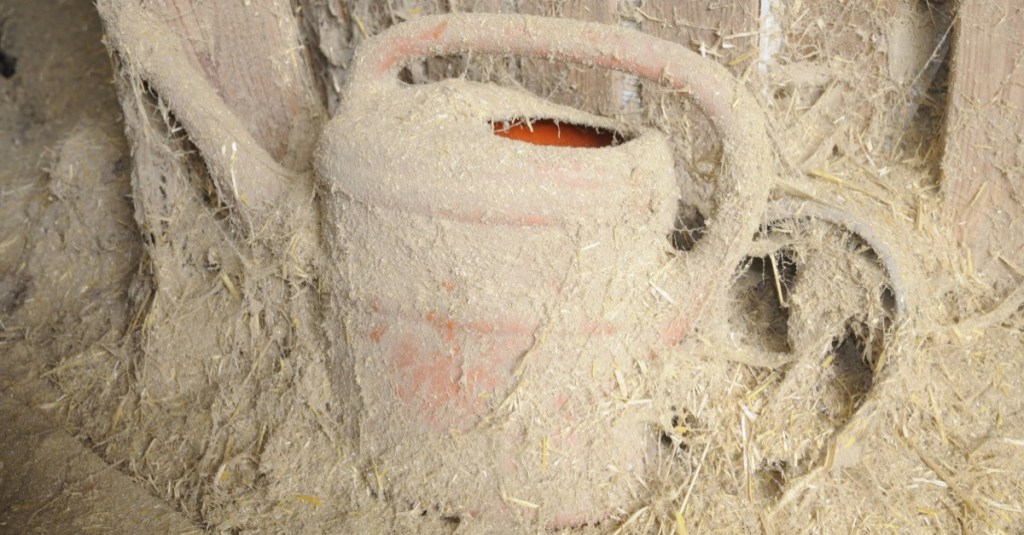Even if the gardening season hasn’t really started yet, you can already check whether your gardening tools are in good condition. In addition to rakes, gloves and planting trowels, you should also take a closer look at your watering can. This is because deposits and mold can build up inside over time. And these should be removed. Read this article to find out the best way to clean your watering can.
It’s not just garden owners who know about the need for a good watering can. Whether you are watering plants in a flower bed or providing your houseplants with sufficient water – the watering can is a useful everyday helper. The watering can for the garden is usually made of single-colored plastic, functional and without a lot of frills. In some gardens, you can still find old tin watering cans that have been doing their job reliably for many decades.
Indoor specimens are a little fancier to look at and are less likely to have a spray attachment. Indoor plants generally require less water than their outdoor relatives. A small opening for the irrigation water is sufficient for this. But regardless of whether it is for indoors or outdoors, the longer water “stands” in the watering cans, the more likely it is that mold, limescale and other things will settle. However, there are household remedies that can quickly make these deposits history.
How to clean your watering can properly
As with many other things, the same applies to cleaning watering cans: The sooner you reach for the brush, the easier it is to remove mold, limescale, etc. If you remove deposits in the early stages, you can prevent major soiling from occurring in the first place. The following tips will get your watering can clean again:
Remove limescale
If hard water comes out of your tap, limescale can build up quickly. Watering cans for indoor use are particularly susceptible to limescale deposits. If you don’t have the option of using rainwater for watering, vinegar can help. To do this, mix vinegar and water in equal parts and either soak the watering can in it or fill the mixture into the inside of the can. Loose parts, such as the spray attachment, should be removed beforehand and cleaned separately. Then scrub the jug clean as best you can with a brush and rinse it thoroughly before the next use.
Removing algae
Watering cans for the garden can usually be recognized by a dark green, slimy coating on the inside of the can, which indicates algae. Sand or gravel have proven effective in removing this coating. Pour some of this into the watering can, add a little water and shake the watering can vigorously. The deposits should dissolve. Baking soda can also help: Pour hot water with two tablespoons of baking soda into the jug and leave it to stand for 24 hours before pouring out the mixture and rinsing thoroughly.
Don’t forget to scrub
Admittedly, cleaning a watering can with a brush is not that easy. It’s best not to use a normal root brush for this, but a bottle or toilet brush instead – new and clean, of course! With these special brushes, you can even get into the nooks and crannies of the watering can.

You better make short work of mold
Even if mold rarely forms in watering cans, it is better to dispose of the affected model if it is made of plastic. If you are very attached to your watering can, try drying it in the sun for a day or two. Perhaps the dry mold can then be removed. If not, it’s better to invest in a new model.
These household remedies do not belong in the watering can
Occasionally you read tips that you can clean watering cans with dishwashing tabs, denture cleaner or detergent. The watering can itself will certainly be clean with these products, but you will not be able to remove the residue from the can without leaving a residue or it will take so much time that you can resort to more harmless household products instead.
If you make sure that you empty your watering can completely after each use, leave it to dry in the sun in summer and store it scrubbed and cleaned for the winter, you will be able to enjoy it for a long time. Incidentally, garden plants do not usually have any major problems with limescale or algae deposits, but this is not the case with sensitive houseplants.
Source: 24garten.de
